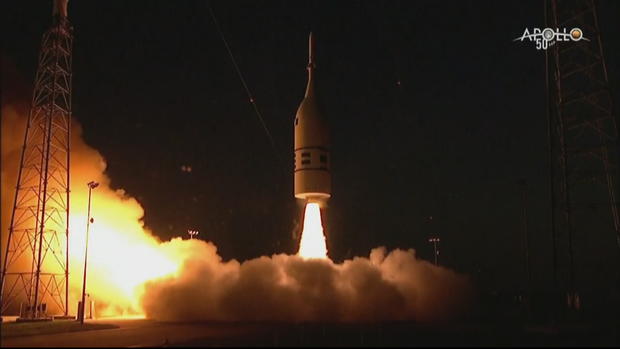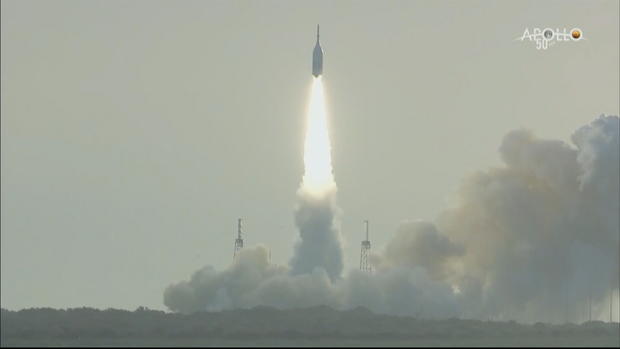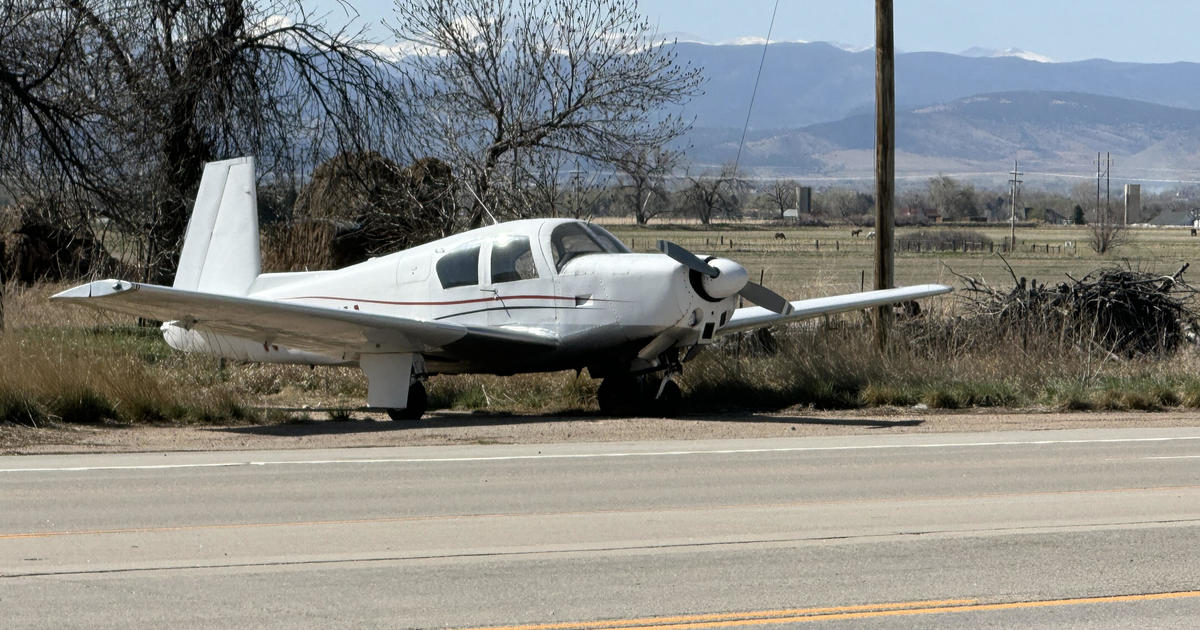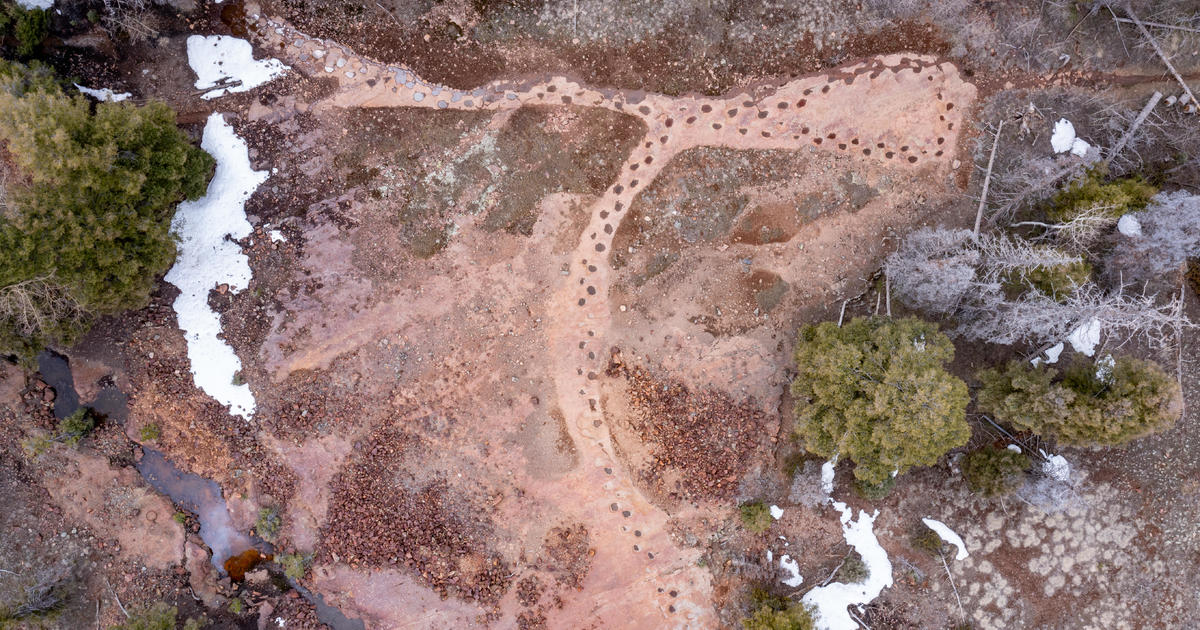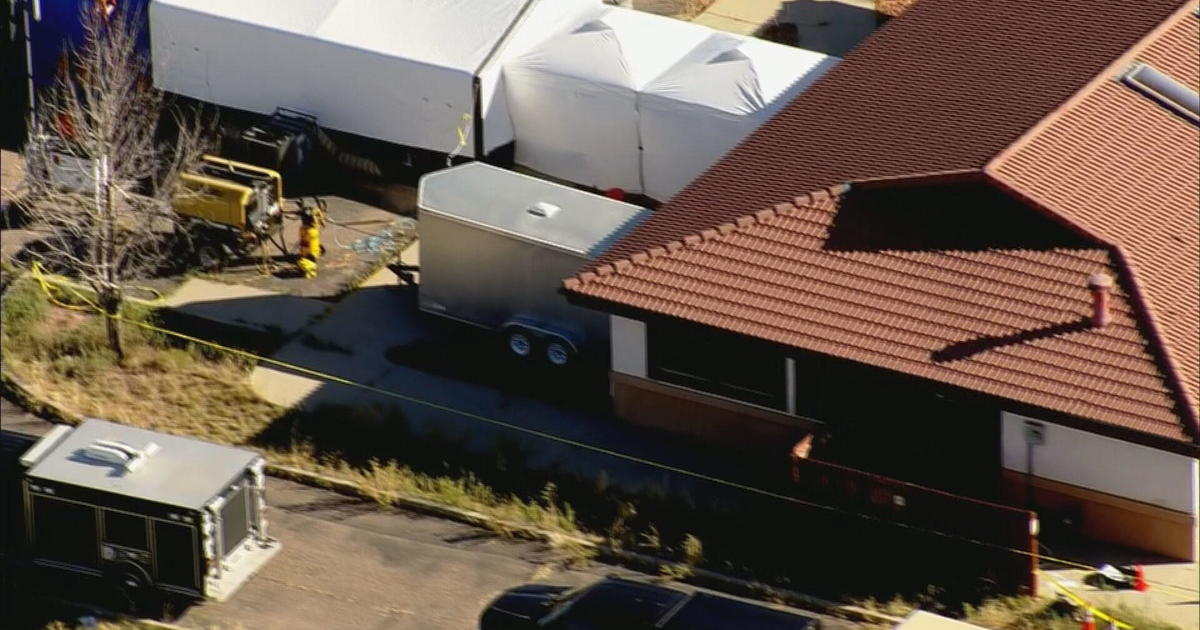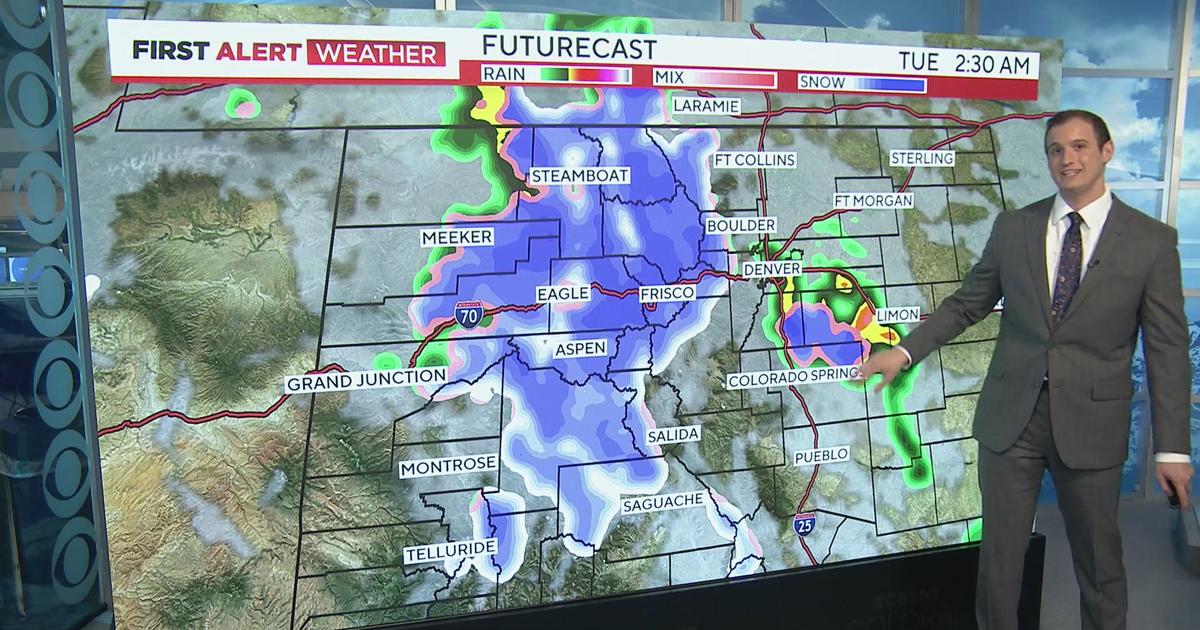Success: NASA Tests Orion Launch Abort System By Lockheed Martin
(CBS4) - NASA and Lockheed Martin had a successful test launch Tuesday, bringing the agencies closer to putting astronauts on the moon by 2024. NASA launched the Orion test capsule from Cape Canaveral, Florida to determine if an abort system could release the crew module from the rocket in case of an emergency during launch.
The Orion Ascent Abort 2 (Orion AA-2) is designed to make it safer for astronauts on deep space missions. In case of an emergency during launch, the abort motor fires, pulling the crew module away from the launch vehicle. It gains more than 2 miles in altitude in just 15 seconds, according to NASA.
"The Orion launch abort system offers the highest thrust and acceleration escape system ever tested and is the only system of its kind in the world," officials with Lockheed Martin stated.
Tuesday's test proved the launch abort system can steer the crew module and carry astronauts to safety in case of an emergency during launch.
It was designed and built by Lockheed Martin employees in Douglas County. On Tuesday, more than 100 employees got up before dawn and went to the Highlands Ranch facility to watch NASA's live broadcast of the test.
"We work long hours, and we work long days," said Tim Gasparrini, Deputy of Commercial Civil Space. "You know when we do something like this, we see it all come together and it's just so exhilarating and exciting that it just reminds us as to why we do this."
"The launch abort systems only purpose is to pull a crew away from an exploding rocket or a bad day on their way to orbit," explained Corey Brooker, Senior Staff Engineer. "When that abort motor lit up and pulled that crew module away from that chasing rocket, that's when everyone was hooting and hollering."
Lockheed Martin officials said test data from 890 sensors would be sent in real-time to ground sites as well as recorded on board by 12 data recorders. The 12 data recorders ejected from the crew module before Orion reached the water and will be retrieved after the test.
